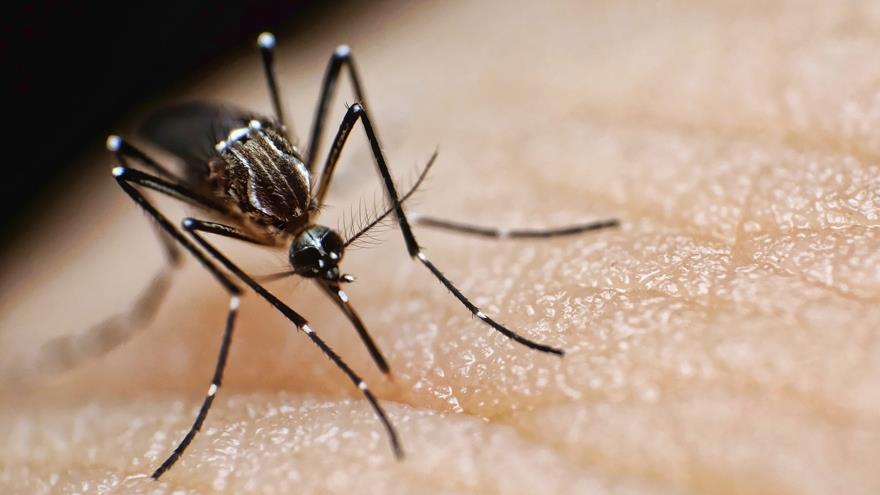Restaurant, Bar Smoking Bans Impact Smoking Behaviors, Especially for the Highly Educated
 By Frank Otto
By Frank Otto

Smoking risk drops significantly in college graduates when they live near areas that completely banned smoking in bars and restaurants, according to a new Drexel University study published in the American Journal of Epidemiology.
The study — led by former Drexel doctoral student at Drexel and current Northwestern fellow Stephanie Mayne, PhD — found that the bans were associated with high gains in quit attempts by smokers with low incomes.
“Our results suggest that smoking bans may help start the process among people with lower socioeconomic status by making them more likely to try to quit smoking, but that more needs to be done to help translate it into successful smoking cessation,” Mayne said.
Mayne’s study linked 25 years of health data collected from young-to-middle-aged smokers to a database on smoking bans from the American Non-Smokers Rights Foundation.
The data showed that the effects of the smoking ban were not uniform in their effect on people with different education or income levels. Overall, the bans appeared to be most effective at reducing smoking risk in people who attained higher levels of education.
Among people with at least a bachelor’s degree, smoking fell by about 20 percent if they lived in areas where a ban was introduced. The study also found that bans reduced the risk of becoming heavy smoker (smoking 10 or more cigarettes — half a pack — a day). People whose education level didn’t reach a bachelor’s degree didn’t experience a reduction in smoking levels.
However, the introduction of bans did increase the likelihood of trying to quit among people with lower incomes. People in the lowest income bracket were about 15 percent more likely to try to quit if they lived in an area where a ban was introduced.
“An important marker of smoking cessation success is quit attempts,” explained study co-author Amy Auchincloss, PhD, associate professor in Drexel’s Dornsife School of Public Health. “On average, it takes somewhere between eight and 14 attempts to finally quit.”
Many studies have shown that smoking bans reduce exposure to secondhand smoke — and populations with lower education have higher than average exposure to it. So although risk of smoking didn’t appear to change for this group of people in the study, bans remain beneficial.
All the same, the study showed that smoking bans won’t be enough to properly address smoking risk.
“Inequalities in the effects of bans on smoking highlight the need for a multi-pronged approach — including tobacco taxes and ensuring that tobacco companies do not promote their products to vulnerable populations – as well as providing free smoking cessation counseling and pharmacotherapy,” Auchincloss said.
The National Tobacco Quit Line is 1-800-QUIT-NOW (1-800-784-8669).
Those interested in reading the full study, “Associations of Bar and Restaurant Smoking Bans with Smoking Behavior in the CARDIA Study: A 25-Year Study,” can find it here. The study was co-authored by Mark Stehr, PhD, of Drexel’s School of Economics, Loni Philip Tabb, PhD, of the Dornsife School of Public Health, James Shikany, DrPH, of the University of Alabama at Birmingham, Pamela Schreiner, PhD, and Rachel Widome, PhD, both of the University of Minnesota, and Penny Gordon-Larsen, PhD, of the University of North Carolina.
In This Article
Contact
Drexel News is produced by
University Marketing and Communications.
